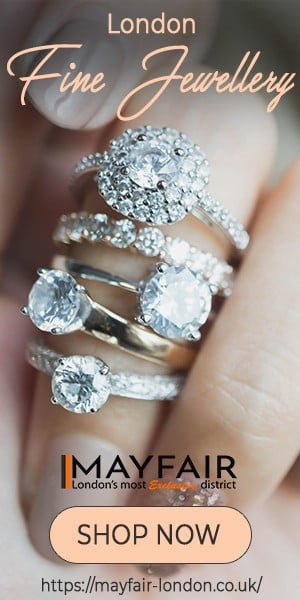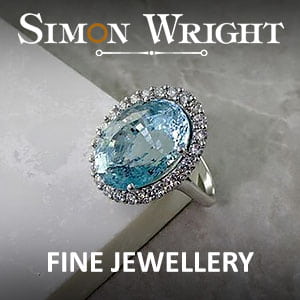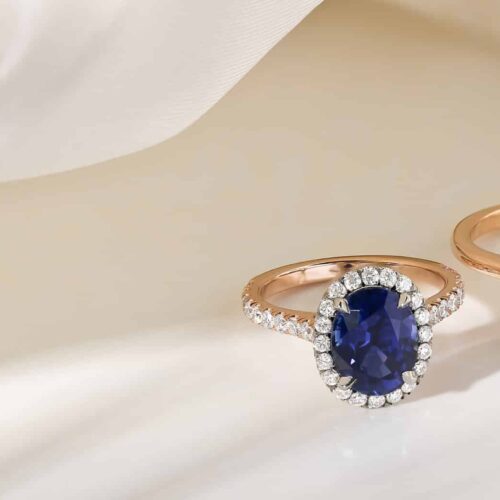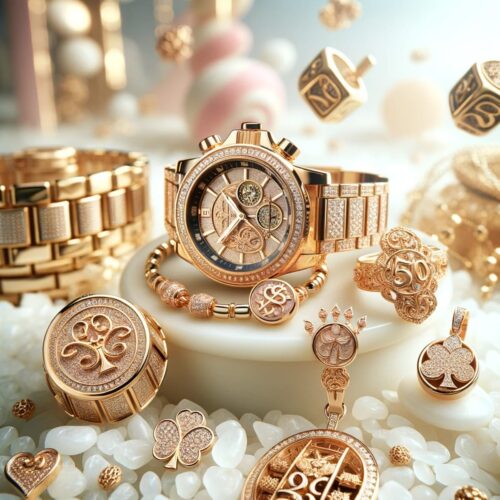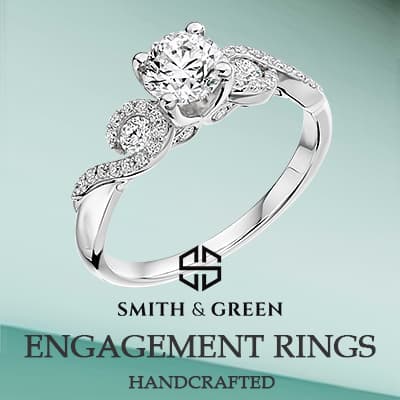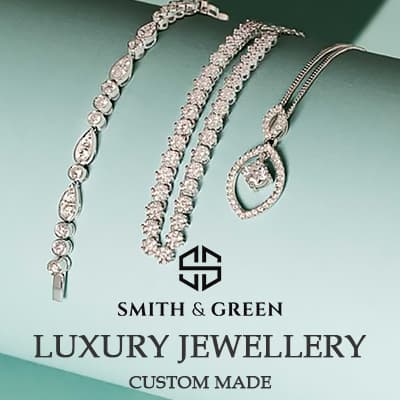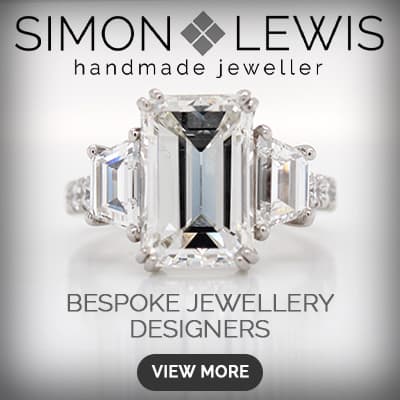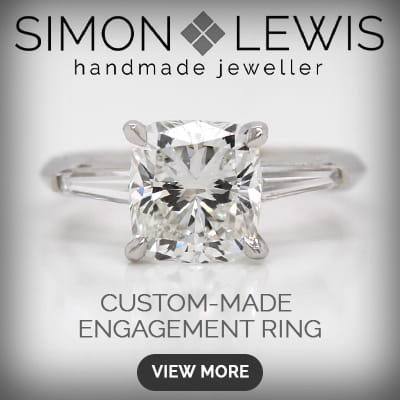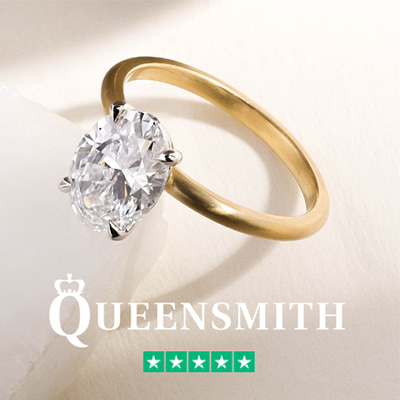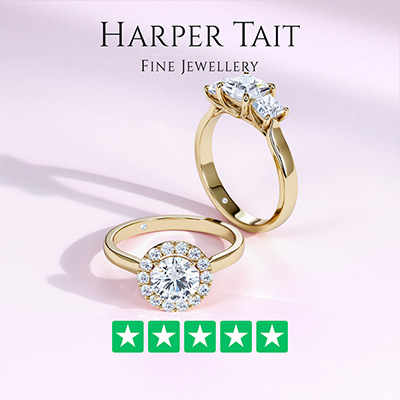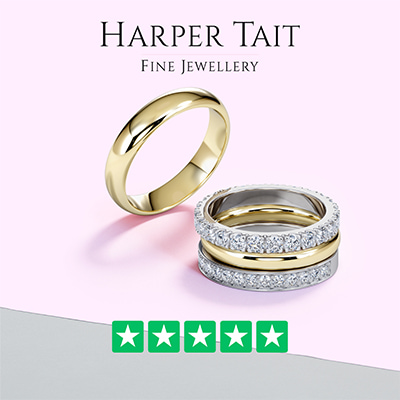Diamonds, sparkling jewels that catch everyone’s eye, are far more than mere adornments. Beneath their dazzling brilliance lies a complex, captivating world that continues to intrigue scientists, jewellers, and enthusiasts alike. Do you find yourself wondering about the authenticity of these gems? Curious about how these precious stones are tested for their genuineness? Well, your curiosity has led you to the right place!
Let’s delve deep into the world of diamonds, where we’ll decipher diamond testers and uncover the secrets of genuine diamonds. We’ll shed light on the mysterious process of diamond testing, the myths surrounding lab-created diamonds, and even the science behind the devices. Does it sound exciting? It should, because by the end of this journey, you’ll be well equipped to join the conversation around real diamonds and diamond testers!
How Does a Diamond Tester Work?
A diamond tester is a compact, user-friendly device, specifically designed to ascertain a diamond’s authenticity based on its thermal and electrical conductivity. Renowned for their remarkable thermal conductivity, genuine diamonds rapidly draw heat away when a heated needle, part of the tester, comes into contact with them. This behaviour starkly contrasts with counterfeit diamonds, such as cubic zirconia, which can’t conduct heat as effectively. Similarly, diamonds exhibit superior electrical conductivity, allowing an electrical current to flow effortlessly through them, a characteristic not shared by fakes. To use the tester, the user simply places its tip onto the diamond. The tester can then sense these differences in conductivity, signalling whether the gemstone in question is genuine or imitation. Although diamond testers typically deliver reliable results, they aren’t completely foolproof. Technologically sophisticated counterfeit diamonds have been engineered to imitate the conductive properties of real diamonds, thus complicating the detection process.
While diamond testers provide high accuracy, they’re not foolproof due to advanced imitation diamonds. For 100% certainty, consult a certified gemologist or trusted jeweller, as they use sophisticated detection methods. Alternatively, request a grading report from respected gemological labs like GIA or AGS. Buying from established retailers also offers authenticity guarantees. Consider additional home tests and microscopic inspections for inclusions found in genuine diamonds. Always seek a second opinion for such high-value items.
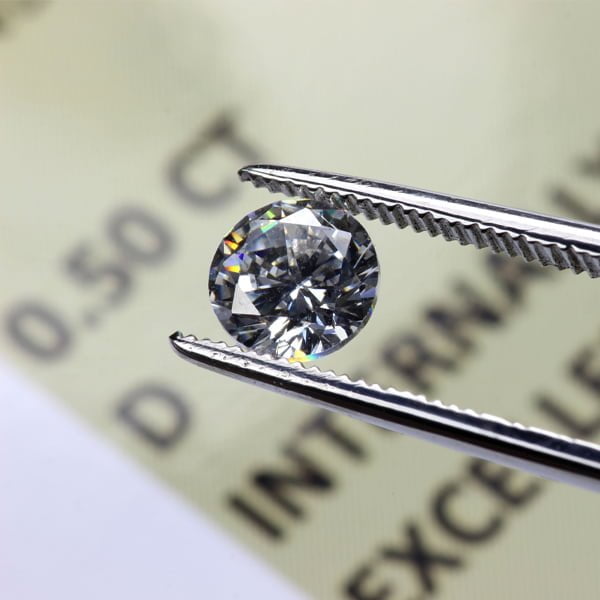
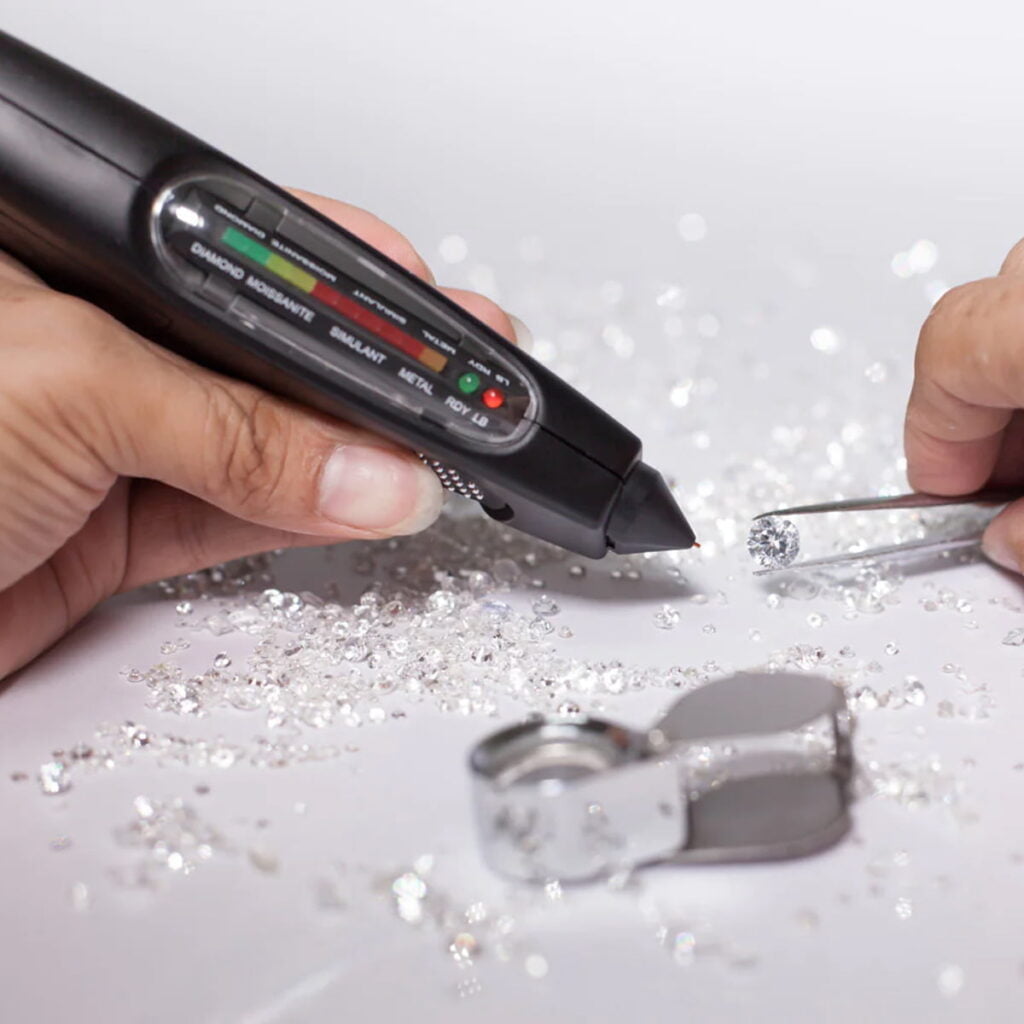
The Fascinating World of Lab-Created Diamonds
The world of lab-created diamonds is captivating, evolving alongside scientific advancements. These diamonds, produced through innovative technology, closely resemble natural diamonds. Lab-created diamonds pass the authenticity test with flying colours. They share the same physical properties as natural diamonds, including heat and electrical conductivity. When tested with a diamond tester, lab-created diamonds exhibit all the characteristics of natural diamonds, confirming their genuine nature. The only discernible difference between lab-grown and natural diamonds is the price tag.
Lab-created diamonds revolutionize the diamond industry, offering an ethical and sustainable choice. Through a controlled process that replicates diamond formation, lab-grown gems boast remarkable clarity, colour, and carat weight. Moreover, they reduce environmental impact, as they don’t require extensive mining operations. Natural diamond extraction often leads to ecological disruption, such as land disturbance and water pollution. In contrast, lab-created diamonds have a minimal environmental footprint.
Furthermore, lab-created diamonds are affordable, making luxury accessible. Their streamlined production methods and controlled conditions result in lower prices compared to natural diamonds. This affordability enables more individuals to embrace their personal style and celebrate special moments with a touch of timeless brilliance.
Understanding Diamond Tester Costs
Moving on, let’s talk about the financial aspect. ‘How much can a diamond tester cost?’ you may ask. Like any other technology, the price of diamond testers varies based on its features and accuracy. A basic model might set you back around £20, while a high-end one with advanced features like moissanite detection could cost up to £200. Remember, it’s always a good idea to invest in a reliable tester if you’re dealing with diamonds regularly.
Gemlogis: A Game-Changer in Diamond Testing
Among the myriad diamond testing devices available, one stands out: Gemlogis. Renowned for its accuracy, user-friendly design, and the ability to detect a wide range of gemstones, it has quickly become the best diamond tester device in the industry. It’s not just a tool, but a trusted partner for jewellers and gem enthusiasts.
Trivia Time: Did you know that the largest diamond ever discovered is the Cullinan diamond, weighing an astonishing 3,106 carats? That’s roughly 1.37 pounds!
An Unexpected Twist: Moissanite Testers
While diamond testers are an essential tool, they’re not flawless. Meet their nemesis: moissanite. This gemstone, although rare in nature, is widely produced in labs and closely resembles diamonds in terms of heat conduction. Hence, a regular diamond tester might be fooled into identifying moissanite as a diamond. Therefore, dedicated moissanite testers or advanced diamond testers capable of distinguishing moissanite have been developed.
Hatton Garden: The Hub of Diamonds
Hatton Garden, London’s renowned diamond hub, pulses with an unrivalled passion for these radiant gems. This vibrant quarter is an enchanting maze of jewellery shops, diamond retailers and wholesalers. Amidst this sparkling scene, HS Walsh & Sons and Cooksongold shine brightly. Renowned for their comprehensive range of jeweller’s tools, including diamond testers, HS Walsh & Sons cater to both professionals and novices alike. Equally significant, Cooksongold’s impressive array of diamond jewellery and testing equipment solidifies its esteemed reputation. Their knowledgeable staff readily assist those seeking guidance on choosing testing tools. Hatton Garden, however, extends beyond commerce. It’s the heart of the UK diamond industry, where the allure of diamonds is savoured daily. For anyone keen to delve deeper into the dazzling world of diamonds, Hatton Garden is an unparalleled starting point.
Conclusion
The world of diamonds is indeed fascinating. From understanding how diamond testers work to demystifying lab-created diamonds and exploring the costs associated with these testers, we have journeyed together into the depths of the diamond world. We’ve learned that a diamond’s truth lies far beyond its sparkling surface, tied to the science of heat and electrical conductivity, and the advancements in testing technology.
As we bid goodbye to this sparkling journey, remember this: every diamond, whether formed in the earth’s crust or in a laboratory, has a story to tell. A story of intense heat, immense pressure, and the magical transformation of simple carbon atoms into the hardest known substance on earth. Now, armed with your newfound knowledge, you’re ready to explore the glittering world of diamonds with a more discerning eye. After all, a diamond is forever, and so is the knowledge you’ve just gained!



